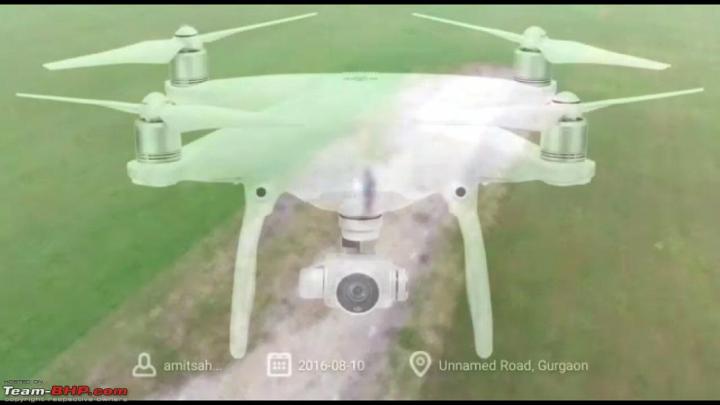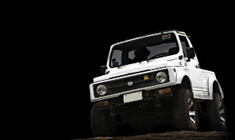News
World's fastest drone chases Red Bull F1 car around Silverstone
The drone managed to handle the 18 corners of Silverstone, staying glued behind the RB20.
Red Bull recently released a video showing a drone chasing Max Verstappen driving his RB20 F1 car around the Silverstone circuit. The drone in question, called Red Bull Drone 1, was developed by Dutch Drone Gods in partnership with Red Bull.
The Red Bull Drone 1 is a manually piloted first-person view drone & is capable of accelerating to 186 mph (299.3 km/h) in just 4 seconds. Ahead of the chase, the drone was put to the test via a drag race against Red Bull's RB8 - Sebastian Vettel's 2012 championship-winning car, driven by David Coulthard. However, despite the RB8 being powered by a 2.4-litre V8 engine producing 850 BHP, Coulthard lost the race to the drone.
During the chase sequence, the drone managed to keep up with Max Verstappen and his RB20 driven on full wet tyres in the rain for a full lap. The drone managed to handle the 18 corners of Silverstone, staying glued behind the RB20. The FPV video showcased the water spray flowing over the car, adding a dramatic layer to the video.
Source: Red Bull/YouTube
News
Indian Drone Regulations 1.0 to be in effect from 01 Dec 2018
The Director General of Civil Aviation has released a set of rules and regulations for remotely piloted and unmanned aircrafts. The rules will be in force from December 01, 2018.
At present, there are no set of defined policies regarding the usage of drones in India. Drones have a variety of applications likes aerial monitoring, surveying and photography. The new rules will make it possible to use such remotely piloted aircrafts in certain conditions as per the guidelines.
The rules classify five categories of drones ranging from nano (250g or less), micro (250g -2 kg), small (2-25 kg), medium (25-150 kg) and large (150 kg or more). Each drone will be allowed to fly at an altitude of up to 400 feet based on its class. Except for the nano category, all others will require a security clearance each time the drone is deployed. The rules also mandate daytime flying time only along with a ‘line of sight’ operation. Restricted airspaces have been specified and operation of drones in such spaces will be illegal.
The drone operators would require to be trained from a DGCA approved organization and should be aware of basic radio communication, flight planning and ATC procedures, various regulations in the operating area, basic knowledge of aircrafts and the principles of flight, restricted areas and basic aviation meteorology. All drones, except the nano category, will be required a unique identification number, ability to terminate flight / return to home automatically, flashing anti-collision lights, RFID and GSM compliance for real-time App based tracking, fire resistant identification plate and a flight controller with data logging capacity. Drones flying up to 400 ft are also required to be equipped with a transponder, barometric equipment, ability to geofence and Detect and Avoid capability. The drone operator should be able to communicate with the Air Traffic Services (ATS) unit concerned.
The authorities are already working on the next iteration of these rules.
News
US: Amazon patents drone to recharge EVs on the go
Amazon has been granted a patent in the US for a drone with which, it plans to solve the charging problems of electric vehicles. The autonomous drone, with its batteries charged, will land on an electrical vehicle while moving and recharge the vehicle's batteries. The company had applied for this patent back in 2014.
If the EV is unable to reach its destination, then upon requesting the server, a drone will be dispatched towards the car. Details of the patent reveal that a docking mechanism will be affixed to the top of the car. The drone will identify the correct car and latch itself to the vehicle on the go. It will then transfer the charge from itself to the car without needing the vehicle to stop. Once done, the drone will fly back to its charging station.
The patent documentation reveals multiple latching mechanisms, including a retractable one and a clamp mounted one. However, it must be noted that this drone can only provide a top up to make sure the car reaches the next charger safely. It is not yet clear whether Amazon will produce a product based on this idea.
The patent can be seen here.




